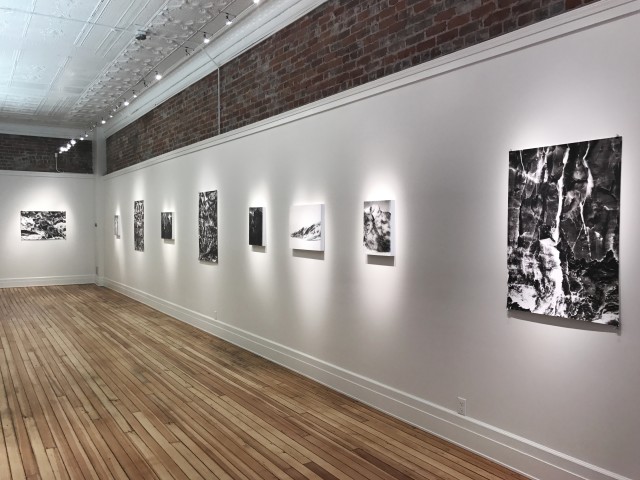

The consequences of these tests are decisive: if the only possible point of view is transcendental, it deals with the a priori conditions of knowledge, it follows that the way things are in themselves, ie, ie independently of the knowledge that we have, can not be apprehended. – The logic itself is divided into a summary, which sets the table of pure concepts and principles, and a dialectic.

Without them, no knowledge is possible.ĭistinguish here the transcendental aesthetic, which means, in Kant, the study of a priori forms of sensibility that are space and time, and transcendental logic, study of the forms of the understanding, as they are a priori. Time, space and categories are in fact the a priori conditions of knowledge and understanding of the user objects.
#Phenomena and noumena how to#
This analysis is conducted of a transcendental point of view: it is not on the objects themselves, but on how to find and seize them, on a priori elements and concepts that constitute the experience. – Possibility, Impossibility, Existence, Non-existence, Necessity and Contingency (categories of modality. – Substance and accident, Causality and Dependence, Community (Relationship types) – Reality, Negation, Limitation (categories of quality) – Unity, Plurality, Totality (categories of quantity) – Thus, space and time are they past experience: they are a priori forms of sensibility, that is to say structures from the subject and intuitive for ordering objects out of us and in us.īut this is not everything and, to a second level of organization, concept this time, the objects must be designed, organized by intellectually understanding, linking faculty sensations through the categories or pure concepts, instruments to unify the material: – The term “a priori” means, here, which is independent of experience. This means that we can apprehend the world through the a priori elements. – Here takes place the famous notion of Copernican revolution: just as Copernicus assumed that the Earth revolved around the sun and not vice versa, as Kant admits that it is our right to know who holds the knowledge, not objects that determine it. – Metaphysics should build on this method so fruitful. Practicing this approach, Kant notes that mathematics and physics went into the safe route of science on the day they ceased to be empirical to recognize the primacy of rational demonstration. Kant here makes a critique of speculative reason: it is not a critical skeptic, but a review of the use, scope and limits of reason. – She is practical (practical reason) when considered as containing the rule of morality (this reason, in the broadest sense, is distinguished, in Kant, reason, in the narrow sense, as the human faculty to higher unit).

– It is theoretical (pure reason) or when related to speculative knowledge. Reason, in the broadest sense, refers to Kant, all that in mind, is a priori and not from experience. What do I know? To answer this question, Kant operates a critical examination of reason, determining what it can do and what it is incapable of doing. Kant asked three questions, which his entire work has sought to answer: – His political nature: exit states from their state of nature that would bring them to the mutual annihilation to build a project of perpetual peace. – His aesthetic nature: freeing the senses, man must acquire the ability to judge beauty. – His moral nature: the man pulling his primary passions (selfishness and special interest) – His metaphysical nature: Kant has restored limits to reason, but at the same time ennobled human reason. Kant‘s philosophical project can be summarized as following : taking man out its wild nature – Anthropology from a pragmatic point of view (1798) – Grounding for the Metaphysics of Morals (1785) – Prolegomena to Any Future Metaphysics (1783) – Critique of Pure Reason (first edition 1781, 2nd edition, 1787) Immanuel Kant, German philosopher, has written a very abundant philosophy, among: Kant’s Philosophy: Metaphysic, Aesthetic and Ethics


 0 kommentar(er)
0 kommentar(er)
